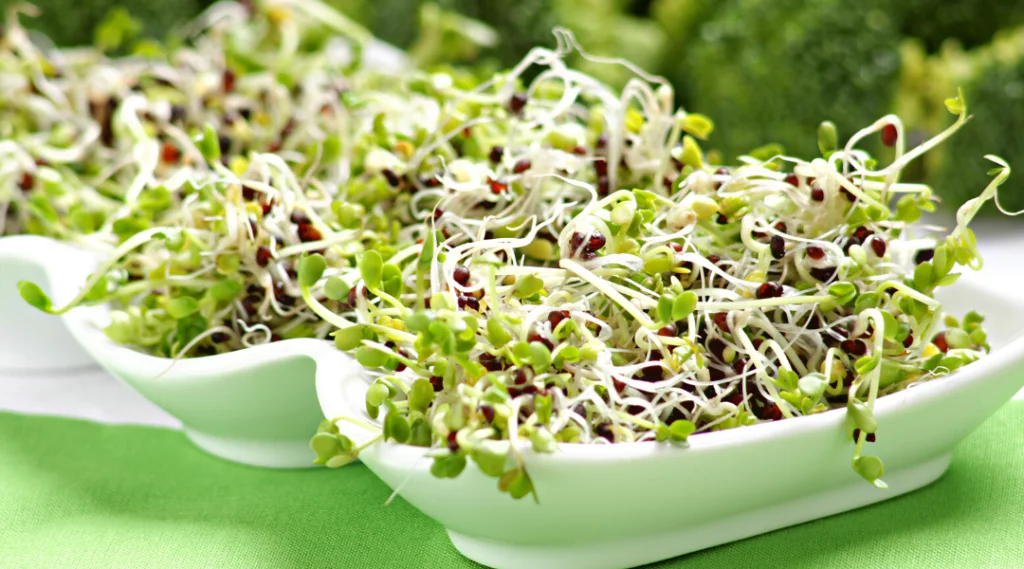Sulforaphane — Why Your Mom Was Right When She Said “Eat Your Broccoli, It’s Good For You.”

Most people who take Nootropics are looking for a short-term boost in memory or focus. In fact, the bulk of Nootropic users are students and executives, people who are cramming an abundance of information, and need to retain that information long-term; or simply they are just working gruelingly hours and must remain mentally on top of their game. However, nootropics can also be used long term for neuro-protective value with few short term effects. Neuro-protectants are substances that protect brain cells from damage and neuron loss that could cause a variety of brain disorders.
The most widely known cognitive issue is memory problems which affects 10% of American’s over the age of 65. The CDC released a Morbidity and Mortality Report in 2014 with data showing that death rates for memory problems increased 55% from 1999 to 2014.
Unlocking Brain Health: Sulforaphane’s Promise
In prevention of such neuro-degenerative issues, there’s been a growing interest in many natural neuro-protectants, one of those being a compound commonly found in cruciferous vegetables. Sulforaphane is substance present in broccoli, broccoli sprouts, cabbage, cauliflower, brussel sprouts and kale. It protects brain cells. Classified as a compound, its simple composition belies its effects on the human body, which are just now being understood. The first widely known indication of the properties of Sulforaphane being observed and used was by Cato the Elder (234 – 149 BC). He, a Roman statesman, wrote passages about medicines and treatments practiced in his era. He referenced the compound, stating: “it (cabbage) will cleanse suppurating wounds and tumors, and heal them, a thing which no other medicine can do. Before application, wash the surface thoroughly with warm water, then apply crushed cabbage as a poultice, renewing it twice daily.”
While many studies have involved mice and some in vitro, a significant number have been conducted in humans with thrilling results.
Medical Studies Highlight Sulforaphane’s Role: Activating Potent Anti-inflammatory, Antioxidant Capabilities in the Body. Slow down and read that sentence again.
Sulforaphane: Activates Body’s Antioxidant Production Unlike Direct Antioxidant Supplements. Why is this significant?
Oxidative Stress Fuels Inflammation, Catalyst for Chronic Diseases.
Boost Your Antioxidant Defense: Harnessing Sulforaphane
Experts recognized antioxidants as agents that reduce oxidative stress. Short Half-Life: Antioxidant Supplements’ Limited Duration Contrasts with Sulforaphane’s Longer Impact.
Sulforaphane activates the body’s defense mechanisms as an indirect antioxidant activator. This activation can last for days.
At this point, you may be wondering how to increase your Sulforaphane intake. Diversify Sulforaphane Intake: Try Growing and Consuming Broccoli Sprouts. Why sprouts? Scientists found that broccoli sprouts contained 10-100 times the amount of sulforaphane that the mature plants did.
Sprouts simple to grow and are ready to eat on average after just 5 days. Space-Saving, Time-Efficient: Grow Sprouts Anywhere with Minimal Investment.
Start Sprouting: Order Seeds and Jars Now for Your First Harvest in a Week!
Explore Sulforaphane: Research and Incorporate into Your Diet for Vitality. Mom was right: Eat broccoli to stave off cognitive decline.
Also read our blog on How to Naturally Treat PTSD Caused by COVID-19